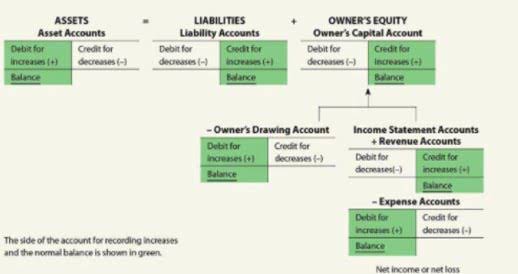
Hours worked are defined as hours the employee has to be on duty or must be present at the employer’s place of business. It also includes time “worked off the clock” and time they are required to be waiting for work on the employer’s premises. Finally, rework, or correcting mistakes in previously completed work counts as worked hours. Job titles alone do not determine exempt status; it depends on the specific job contribution margin duties and salary.

Legal
An advanced scheduling platform like Sling makes it easy to do this. If you’re having issues with too much overtime, adjust your business operating procedures to reduce or eliminate the additional time your employees have to work. If you allow them to clock in fifteen minutes early — and you pay them for that time — they’ll amass an extra hour and fifteen minutes over the course of a five-day workweek. To get things started, research the local, state, and federal laws that govern how your business should perform Bookstime payroll.

New USCIS Rules for H-1B Workers After Layoffs

Any time an employee is “on duty,” that hour counts toward the 40 total hours allowed at regular pay. This includes if employees are required to be at a certain location to begin work or remain at the place of business to perform services. Remember, fair and accurate payment practices benefit both company morale and the legal standing of a business.
Exempt employees
An employee’s regular rate includes their hourly rate as well as the value of nondiscretionary bonuses, shift differentials, and certain other forms of compensation. Therefore, if the employee receives these other types of compensation, you must factor them in when determining their regular rate of pay. Once you’ve determined their regular hourly rate, you can follow the rest of the steps for calculating overtime pay for hourly employees.
Jorge worked 50 hours last week, which includes 10 hours of overtime, and earned an additional $200 in how much is overtime pay commissions. Once the regular rate of pay and the number of overtime hours are determined, calculate the overtime pay. The first step in calculating overtime pay under FLSA requirements is to determine whether an employee is classified as exempt or non-exempt. For example, if a nonexempt employee works 50 hours in workweek #1 and 30 hours in workweek #2, the employer cannot average the hours from the two workweeks to determine whether overtime is due. In this example, the employee is entitled to 10 hours of overtime pay for workweek #1, regardless of how many hours they work in workweek #2. The specific number of hours that trigger double time varies by state and employer.
- Weighted average pay is the pay an employee receives based on the different hourly wages of each job they perform.
- The important thing to remember is that you stay on top of your payroll responsibilities in real-time.
- That’s not to say that you can’t process your own payroll and calculate your own overtime.
- A workweek is a period of 168 hours during 7 consecutive 24-hour periods.
- In the workplace, you’re either considered an “exempt” or a “non-exempt” employee based on your specific job duties.
- Figuring out how to calculate overtime pay all boils down to the state you’re in.
- No, overtime pay is taxed at the same rate as your regular wage bracket.
